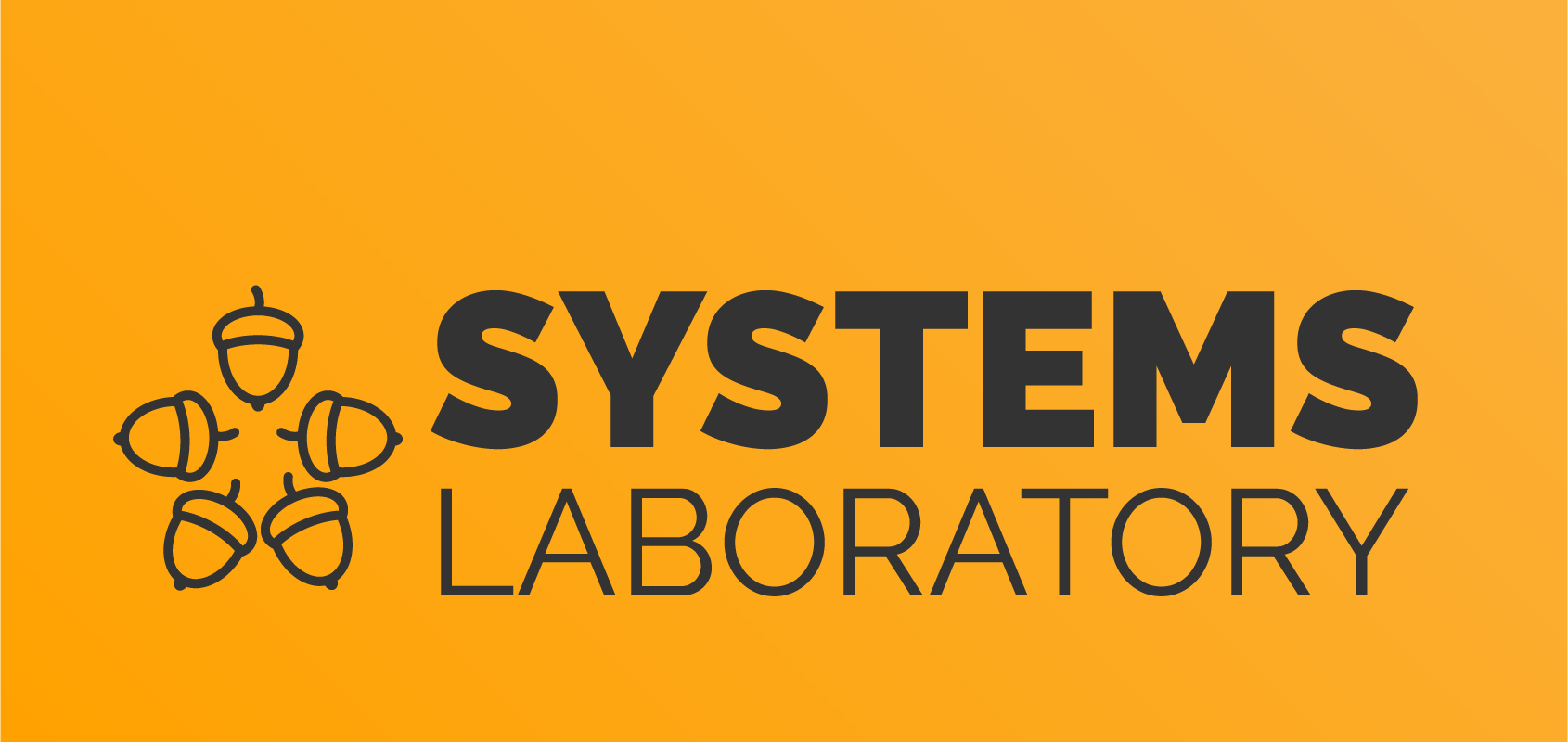Differences
This shows you the differences between two versions of the page.
|
ep:laboratoare:02 [2016/10/26 21:33] emilian.radoi |
ep:laboratoare:02 [2017/10/02 20:27] (current) emilian.radoi |
||
|---|---|---|---|
| Line 1: | Line 1: | ||
| ====== Tutorial 02 ====== | ====== Tutorial 02 ====== | ||
| - | |||
| The material for this tutorial was taken from Darren Hoch’s “Linux System and Performance Monitoring”. You can access it at: http://ufsdump.org/papers/oscon2009-linux-monitoring.pdf. | The material for this tutorial was taken from Darren Hoch’s “Linux System and Performance Monitoring”. You can access it at: http://ufsdump.org/papers/oscon2009-linux-monitoring.pdf. | ||
| Line 50: | Line 49: | ||
| - Convert 1 of 166 to decimal (1/166 = 0.006 seconds per Rotation) | - Convert 1 of 166 to decimal (1/166 = 0.006 seconds per Rotation) | ||
| - Multiply the seconds per rotation by 1000 milliseconds (6 MS per rotation) | - Multiply the seconds per rotation by 1000 milliseconds (6 MS per rotation) | ||
| - | - Divide the total in half (6/2 = 3 MS) or RD | + | - Divide the total in half (6/2 = 3 MS) (RD is considered half a revolution around a disk) |
| - Add an average of 3 MS for seek time (3 MS + 3 MS = 6 MS) | - Add an average of 3 MS for seek time (3 MS + 3 MS = 6 MS) | ||
| - Add 2 MS for latency (internal transfer) (6 MS + 2 MS = 8MS) | - Add 2 MS for latency (internal transfer) (6 MS + 2 MS = 8MS) | ||
| Line 81: | Line 80: | ||
| To see the effect the swapping to disk is having on the system, check the swap partition on the drive using **iostat**. | To see the effect the swapping to disk is having on the system, check the swap partition on the drive using **iostat**. | ||
| - | {{ :ep:laboratoare:ep2_poz2.png?600 |}} | + | {{ :ep:laboratoare:ep2_poz2.png?650 |}} |
| Both the swap device (///dev/sda1//) and the file system device (///dev/sda3//) are contending for I/O. Both have high amounts of write requests per second (//w/s//) and high wait time (//await//) to low service time ratios (//svctm//). This indicates that there is contention between the two partitions, causing both to underperform. | Both the swap device (///dev/sda1//) and the file system device (///dev/sda3//) are contending for I/O. Both have high amounts of write requests per second (//w/s//) and high wait time (//await//) to low service time ratios (//svctm//). This indicates that there is contention between the two partitions, causing both to underperform. | ||
| Line 129: | Line 128: | ||
| The output shows that that the throughput on the network is around 89 mbps. The server (192.168.1.215) is on the same LAN. This is exceptional performance for a 100 mbps network. | The output shows that that the throughput on the network is around 89 mbps. The server (192.168.1.215) is on the same LAN. This is exceptional performance for a 100 mbps network. | ||
| - | {{ :ep:laboratoare:ep2_poz5.png?450 |}} | + | {{ :ep:laboratoare:ep2_poz5.png?430 |}} |
| Another useful test using **netperf** is to monitor the amount of TCP request and response transactions taking place per second. The test accomplishes this by creating a single TCP connection and then sending multiple request/response sequences over that connection (ack packets back and forth with a byte size of 1). This behavior is similar to applications such as RDBMS executing multiple transactions or mail servers piping multiple messages over one connection. | Another useful test using **netperf** is to monitor the amount of TCP request and response transactions taking place per second. The test accomplishes this by creating a single TCP connection and then sending multiple request/response sequences over that connection (ack packets back and forth with a byte size of 1). This behavior is similar to applications such as RDBMS executing multiple transactions or mail servers piping multiple messages over one connection. | ||
| Line 180: | Line 179: | ||
| * Run //iostat –x 1 5// | * Run //iostat –x 1 5// | ||
| - | * Considering the last two outputs outputs provided by the previous command, calculate the efficiency of IOPS for each of them. Does the amount of data written per I/O increase or decrease? | + | * Considering the last two outputs provided by the previous command, calculate the efficiency of IOPS for each of them. Does the amount of data written per I/O increase or decrease? |
| Hint | Hint | ||
| - | * Divide the reads per second (//r/s//) and the writes per second (//w/s//) by the kilobytes read (//rkB/s//) and written (//wkB/s//) per second. | + | * Divide the kilobytes read (//rkB/s//) and written (//wkB/s//) per second by the reads per second (//r/s//) and the writes per second (//w/s//). |
| ==== Ex02 ==== | ==== Ex02 ==== | ||


